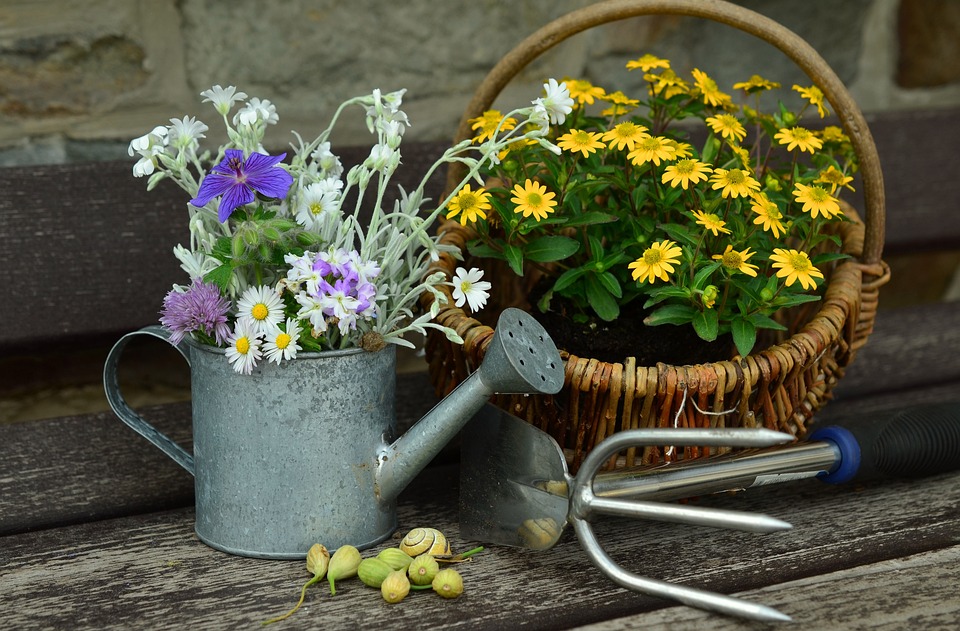Introduction
Creating a flourishing outdoor garden can be a rewarding and therapeutic experience.
Whether you have a small balcony, a backyard, or a sprawling estate, there are secrets to unlocking the potential of your outdoor space.
From proper planning and soil preparation to selecting the right plants and maintaining them, this article will guide you on your journey to a vibrant and thriving garden.
Planning Your Outdoor Garden
Before you start digging and planting, it’s essential to plan your outdoor garden.
Determine the purpose of your garden: Do you want it to be a place for relaxation, growing your own vegetables, or a haven for wildlife?
Consider the available space, sunlight exposure, and soil conditions.
Take into account your climate and research which plants and flowers thrive best in your area.
Take measurements of the designated garden area and draw a rough sketch to visualize the layout.
Consider incorporating different levels and using focal points like trellises, sculptures, or water features.
Planning your garden will ensure that it meets your desires and expectations.
Preparing the Soil
The secret to a flourishing garden lies in the quality of the soil.
Invest time and effort into preparing the soil properly.
Remove debris, stones, and weeds from the area and till the soil to improve its texture and drainage.
Add organic matter like compost, well-rotted manure, or peat moss to enrich the soil with essential nutrients.
Testing the soil pH is important to ensure it is suitable for the plants you wish to grow.
Some plants prefer acidic soils, while others thrive in alkaline conditions.
Adjusting the soil pH will allow your plants to absorb nutrients optimally, leading to healthier growth.
Choosing the Right Plants
Selecting the right plants for your outdoor garden is crucial for its success.
Consider the amount of sunlight your garden receives and choose plants accordingly.
Some plants, such as roses or vegetables like tomatoes, require full sun, while others, like ferns or hostas, prefer shade.
Think about the maintenance level you are comfortable with.
Certain plants require regular pruning, deadheading, or dividing, while others are relatively low-maintenance.
Choose a variety of plants with different blooming times to ensure your garden looks beautiful throughout the seasons.
Proper Watering and Maintenance
Consistent watering is vital for a flourishing garden.
Different plants have different water requirements, so make sure to research each plant’s needs.
Provide sufficient water without overwatering, which can lead to root rot or other issues.
Installing a drip irrigation system or using a soaker hose can help deliver water efficiently to your plants.
Regular maintenance tasks like weeding, deadheading flowers, and pruning are essential for the overall health and aesthetics of your garden.
Inspect your plants for signs of pests, diseases, or nutrient deficiencies.
Early detection and treatment can prevent larger problems from arising and help your garden thrive.
FAQs
1. How often should I water my garden?
The frequency of watering depends on various factors such as plant type, weather conditions, and soil moisture.
As a general rule, water deeply but infrequently to encourage the plants’ root growth.
Aim to provide one inch of water per week, either through rainfall or irrigation.
2. What should I do if my plants show signs of pests or diseases?
If you notice signs of pests or diseases, act promptly.
Research the specific problem affecting your plants and identify appropriate solutions.
Organic insecticidal soaps, neem oil, or biological controls can often help combat pests.
For diseases, remove infected parts and use fungicides if necessary.
3. How can I attract beneficial wildlife to my garden?
To attract beneficial wildlife, create a diverse habitat.
Plant nectar-rich flowers to attract bees and butterflies.
Provide food and water sources for birds, such as bird feeders and bird baths.
Build shelters like birdhouses or bee hotels.
Avoid using pesticides that could harm beneficial insects.




